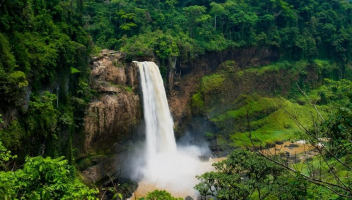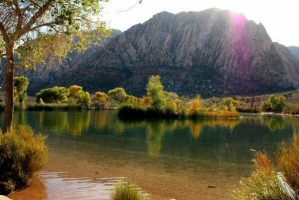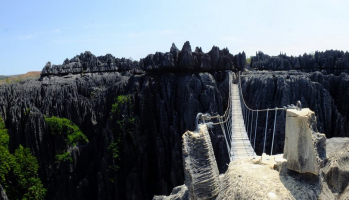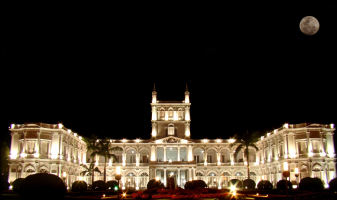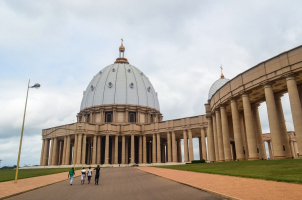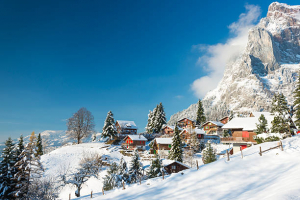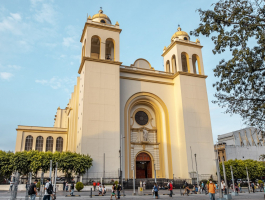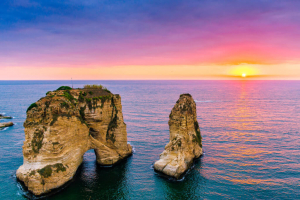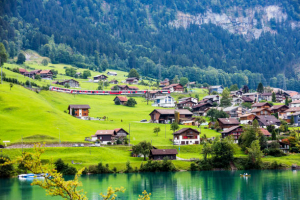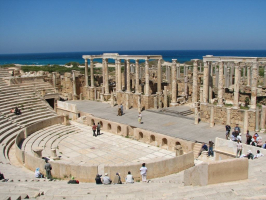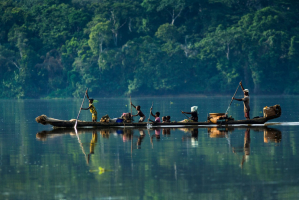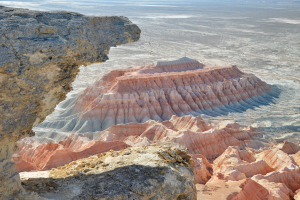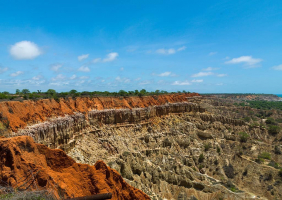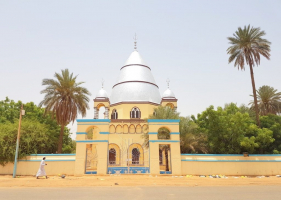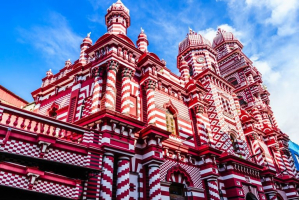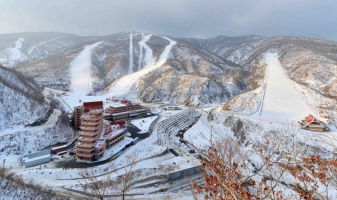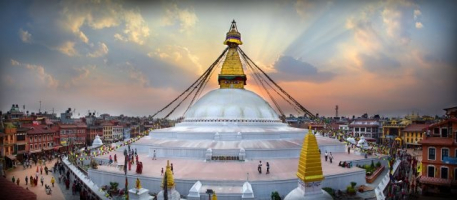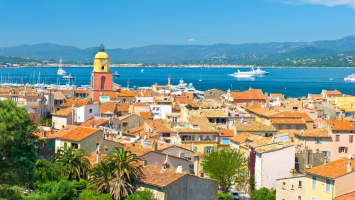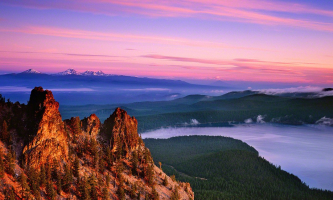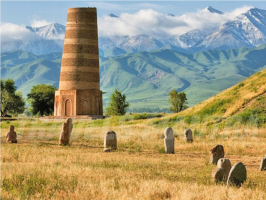Top 15 Best Places to Visit in Helsinki
Helsinki was established on the banks of the Gulf of Finland in the middle of the 16th century, making it a relatively new town in Europe. The capital of ... read more...Finland is now a 1.4 million-person urban metropolis that is sleek and contemporary. Because Finland was previously a part of Russia, the architecture is Russian-inspired. Additionally, there is avant-garde, inventive architecture. Helsinki is an island metropolis that spans 315 islands and a peninsula, so when you can drag yourself away from trying Finnish cuisine, visiting museums, churches, and other tourist sites in Helsinki, you're in for some breathtaking beauty. Here are some of the best places to visit in Helsinki.
-
Suomenlinna's defended islands are a crucial component of Helsinki. It is one of the best places to visit in Helsinki. Although they may appear far away at first, they are actually close by and can be reached with the same ticket as for buses and trams and a 20-minute ferry ride. The island is ruled by the fortification of Sveaborg, which is also known as the "Swedish Castle." To prevent Russian access to the Baltic, it was built in the middle of the 18th century. It was captured by the Russians in the Swedish-Russian War of 1808–1809, and they later strengthened and expanded it. 1918 saw its transfer into Finnish control, and Suomenlinna became its new name in Finland (Finnish Castle).
It was turned over by the military to civilian authorities in the 1950s and 1960s, and since then it has been renovated and transformed for cultural and recreational purposes. It is a museum, park, and arts facility that is now listed among UNESCO's world heritage monuments. The region is accessible for the most of the year, although hours and ferry access change, so check the website for the most up-to-date details.
Address: Suomenlinna C 40, FI-00190 Suomenlinna, Helsinki
Official site: www.suomenlinna.fi/en/
Google Rating: 4.6/5.0
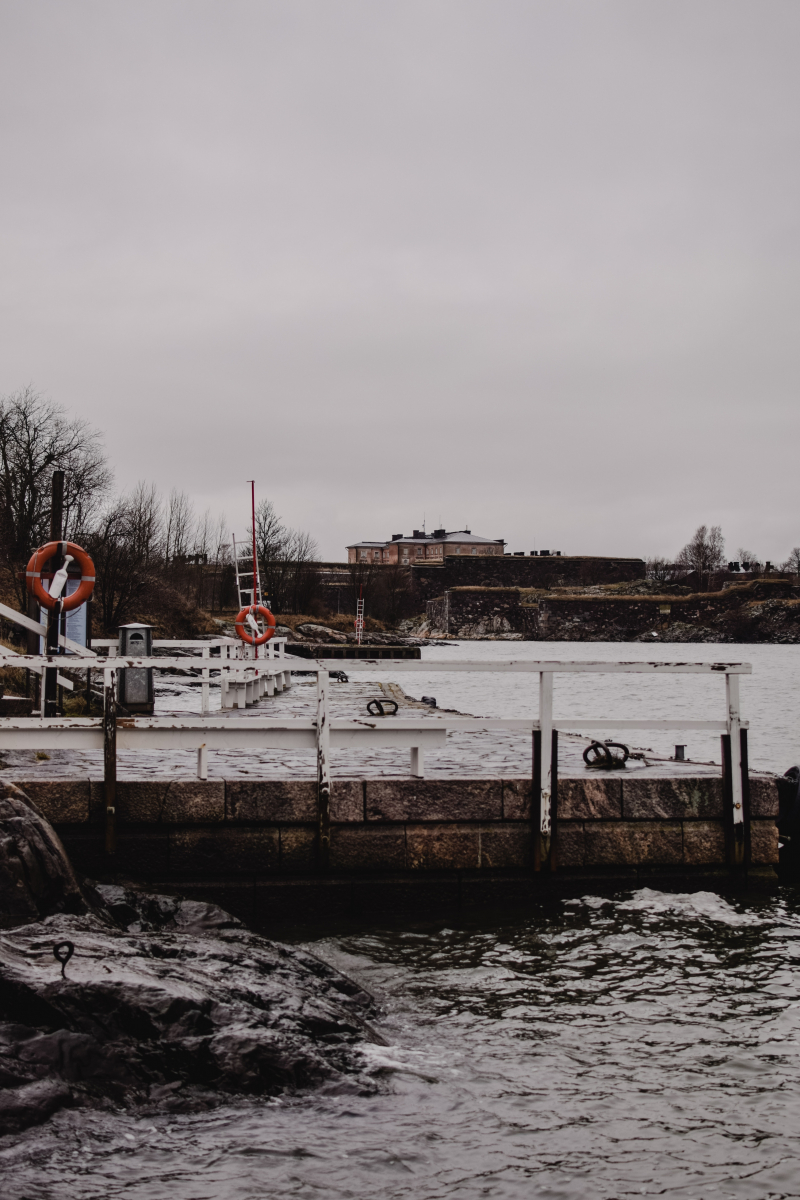
Image by Eva Bronzini via pexel.com 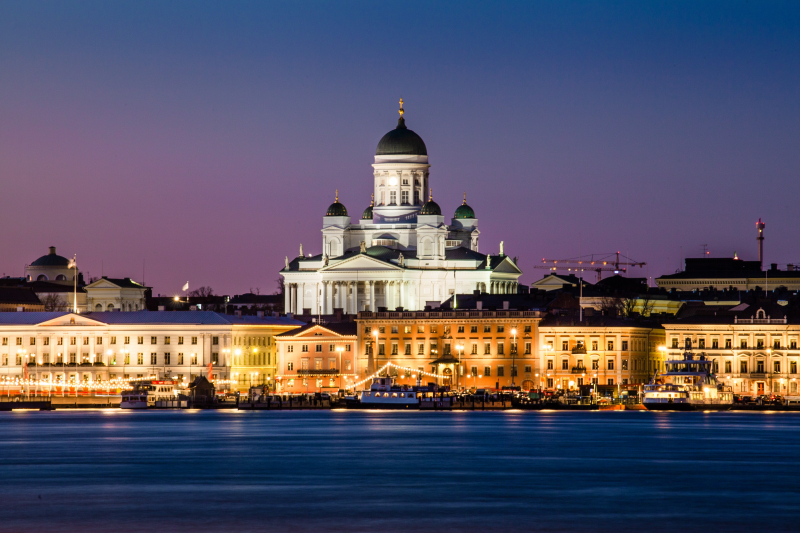
Image by Tapio Haaja via pexel.com -
The island of Seurasaari, which is connected to the mainland by a footbridge, is located east of Helsinki's city center. With its numerous historic homes, farmsteads, a manor house, a church from Kiruna that dates back to 1686, and other timber buildings that have been moved here from all across Finland, this area is home to the excellent Seurasaari Open-Air Museum.
Many residents of Helsinki travel to Seurasaari throughout the summer to take advantage of the tranquil, rural setting. Despite the tourists, the island is home to a wide variety of animals, including red squirrels, hares, and birds in particular. Midsummer, when a massive bonfire (Finnish: juhannuskokko, Swedish: midsommareld) is erected on a small isle off the island's coast and started by a newlywed couple, is when the island is most well-known. Thousands of spectators, including tourists and locals from Helsinki, watch the bonfire burn from Seurasaari and from boats anchored nearby.
Here, you can discover how Finns used to live, long before the modern period. The Friends of Finnish Handicrafts have an exhibition of rye carpets and other traditional textiles in an old timber home nearby at Meilahti 7. The on-site shop sells samples of the weavers' creations and allows visitors to observe them at work. There are guided tours available, and thereafter, visitors can grab a bite to eat at the attraction's café and restaurant. Bring your swimsuit because the island is also home to a well-known public beach!
Address: Seurasaari, 00250 Helsinki
Official site:https://www.kansallismuseo.fi/en/seurasaarenulkomuseoGoogle Rating: 4.6/5.0
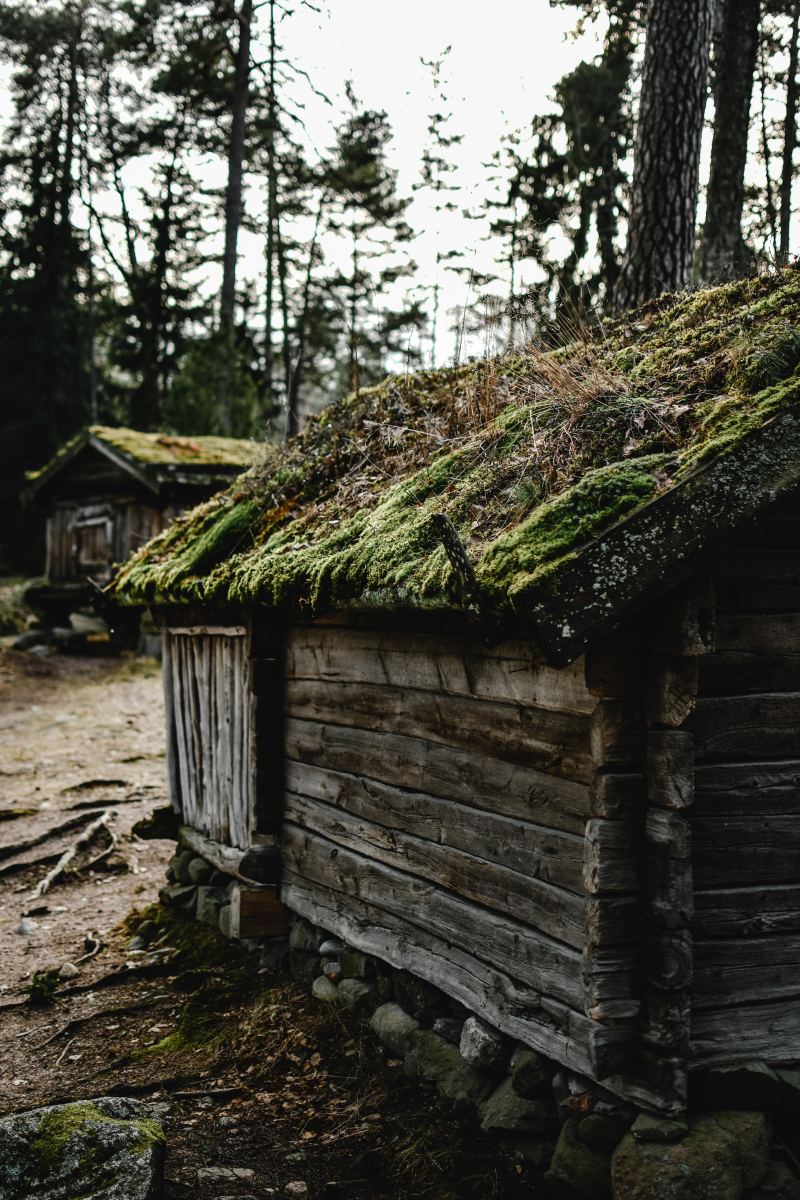
Image by Eva Bronzini via pexel.com 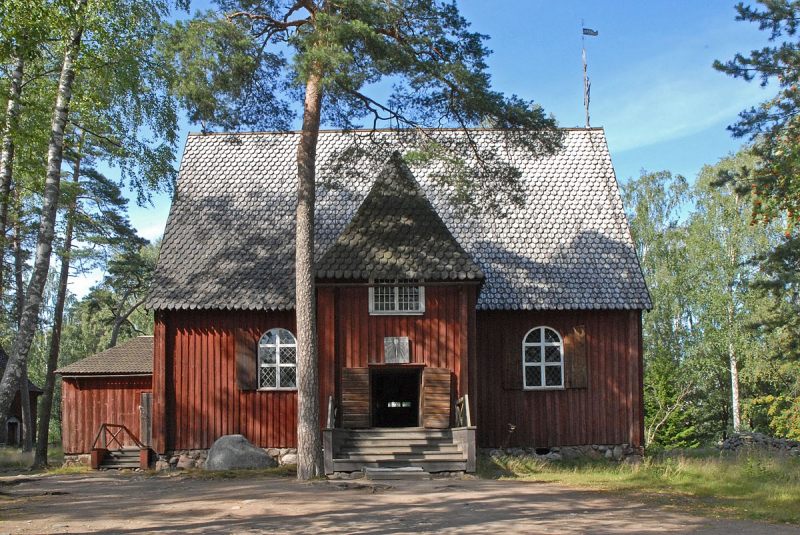
Image by Eva Bronzini via pexel.com -
The Linnanmäki amusement park is located beyond the railroad tracks to the east of Helsinki's Olympic Stadium, that is one of the best places to visit in Helsinki. It has been in operation since 1950 and is a popular family adventure for both residents and visitors. The park features a wide variety of rides for visitors of all ages, live entertainment, games, and numerous food and snack vendors.
A kiddie train, toy vehicles on a track, a pirate ship, a little kids' carousel, a playhouse, and even a kiddie roller coaster are among the rides available for the smallest guests. A fun house, rotating coffee cups, a haunted hotel, bumper cars, and a raft ride are among the rides available for older children. More than a half-dozen exhilarating roller coasters, as well as other attractions with stunning views over Linnanmäki and Helsinki, can be found in the park. These attractions include a big Ferris wheel and a 53-meter observation tower. Until the rides start to descend, visitors can also take in the view from the top of the 60-meter Rocket and the 75-meter free-fall tower.Address: Tivolikuja 1, 00510 Helsinki
Official site: www.linnanmaki.fi/en/
Google Rating: 4.5/5.0
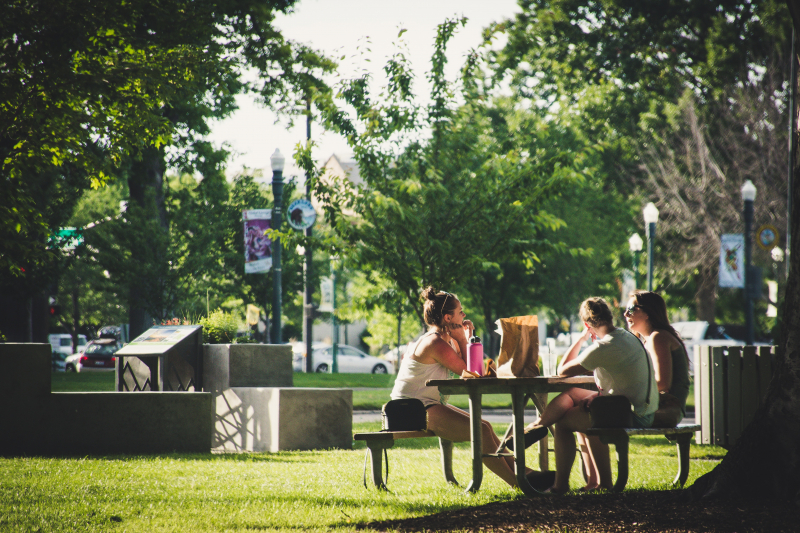
Image by Brett Sayles via pexel.com 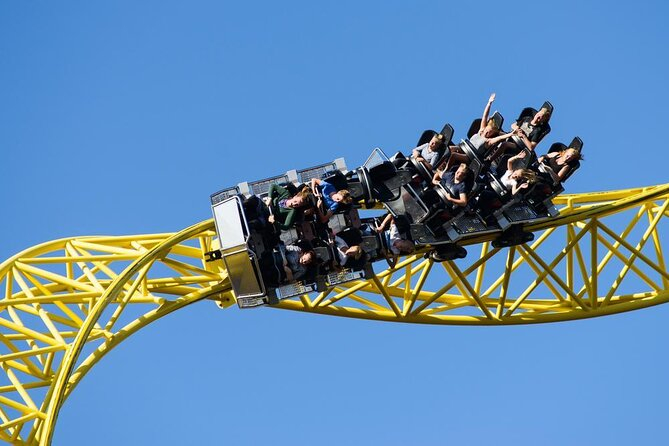
Image by Brett Sayles via pexel.com -
Uspenski Cathedral (Uspenskin katedraali), one of two massive buildings that dominate the skyline above Helsinki's port, is striking. This magnificent brick structure is distinguished by its numerous towers and spires, which are crowned by 13 golden cupolas. This Orthodox church's interior is similarly remarkable, with numerous altars, icons, and crosses scattered throughout. The elaborate patterns on its arches contrast with the block marble interior and a heavy use of gold ornamentation.
The cathedral has a number of priceless icons. Hundreds of visitors were visiting the cathedral on August 16, 2007, between noon and one o'clock, when the icon of St. Nicholas—The Wonder Maker—was taken in broad daylight. The icon is an uncommon version from the 19th century. It was initially given to the Vyborg Orthodox Cathedral, from which it was transported to Helsinki during World War II. There are no other information about its origins. The icon, which measured 45 by 35 centimeters and weighed a few kilograms, was housed in a kiota, a glass-covered protection frame. It was displayed on a podium. Both domestically and internationally, the icon continues to be sought after.
Address: Kanavakatu 1, 00160 Helsinki
Official site: www.hos.fi/en/Google Rating: 4.5/5.0
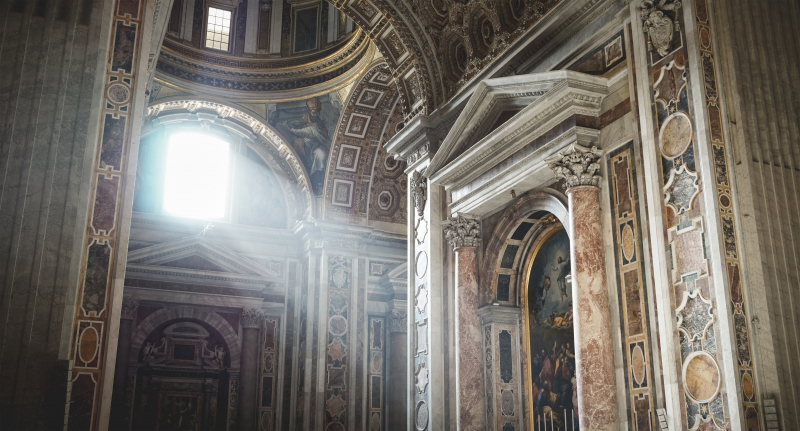
Image by Pixabay via pexel.com 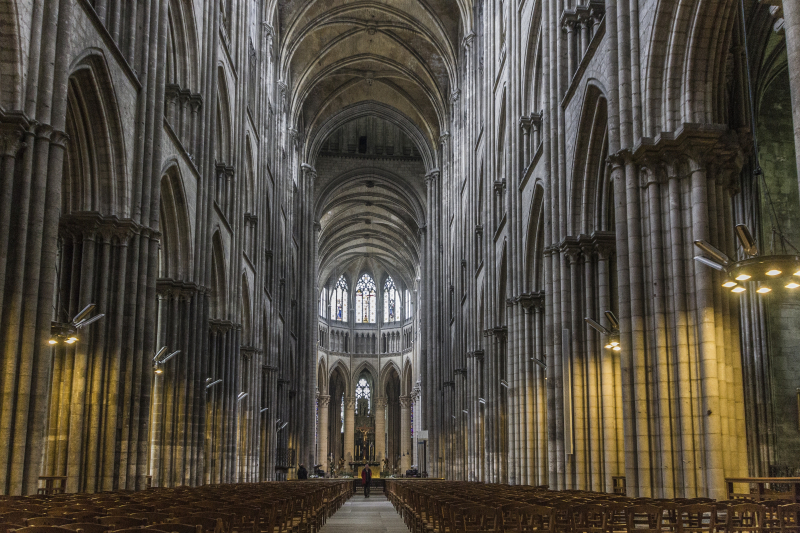
Image by Pixabay via pexel.com -
The great composer Jean Sibelius and his wife Aino resided in Ainola. It was built in 1904 in the traditional timber style favored by the architect Lars Sonck, on the shores of the magnificent Lake Tuusula in Järvenpää, about ten kilometers north of Helsinki. To allow the creative genius space to work in peace while remaining close enough to the nation's capital to attend significant events, the residence was constructed on a lake. Sibelius and his wife's family sold the home to the state upon their deaths. It was kept in good condition, and a museum foundation was created to look after it.
The only specifications Sibelius gave to Sonck were for the dining room to have a green fireplace and a view of a lake. Because Sibelius did not want the interruption while he was there writing, water pipes were not installed until after his passing. The musician found the tranquility he required for his artistic endeavors because it was removed from the hubbub of the country's capital. According to Erik W. Tawaststjerna, who is his biographer: "When Sibelius first departed from Helsinki, Järvenpää's landscape was largely undeveloped." "While an elk occasionally bestrode the grounds in majesty, sheep and foals frequently tried to enter the house." The Sibelius family had access to a vibrant social scene because of the nearby residences of other talented families. Santeri Levas, Sibelius's personal secretary, captured daily life in Ainola in the 1945 photo collection Jean Sibelius and His House.
Address:Ainolankatu, 04400 Järvenpää
Official site: www.ainola.fi/?lang=en
Google Rating: 4.4/5.0
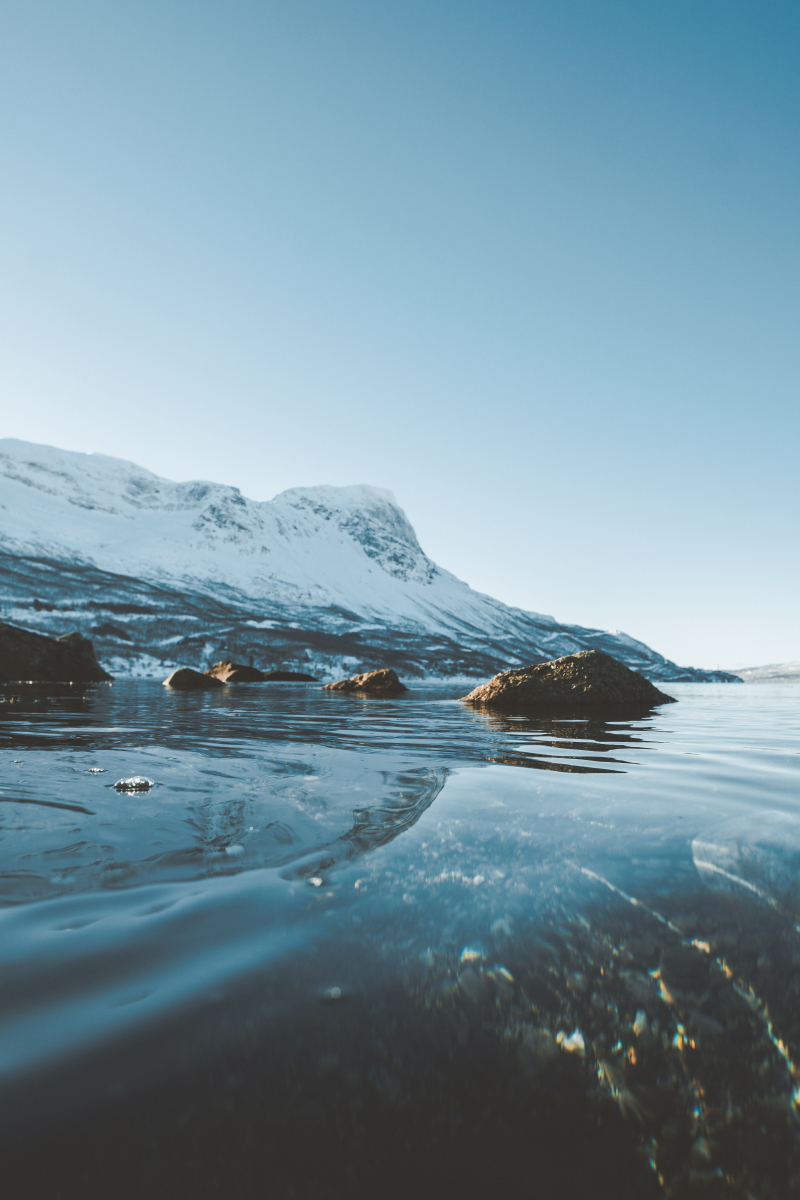
Image by Mitchell Henderson via pexel.com 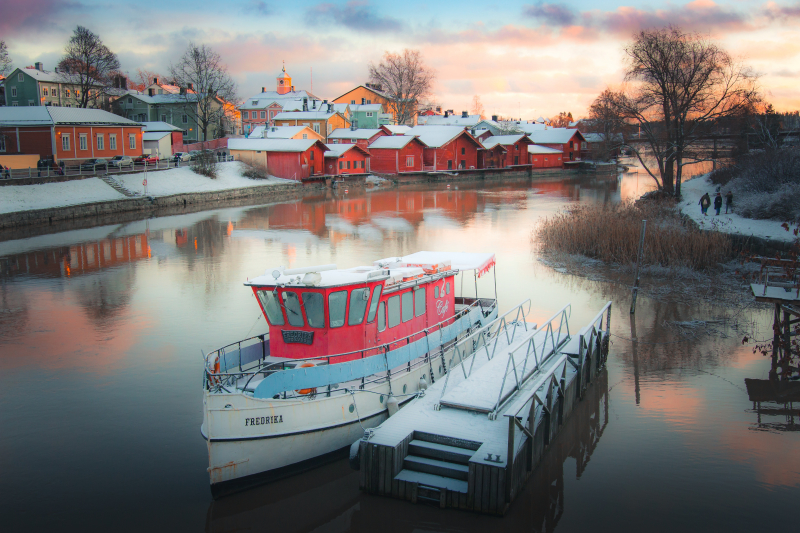
Image by Paul Theodor Oja via pexel.com -
The Rowing Stadium from the 1952 Olympics, kayak and canoe rentals, and the lovely sandy beach of Hietaniemi are all located along the coast south and east of the main train station. Many open fields that are commonly used as soccer parks, a number of restaurants, and a public sauna are close by. Beyond here is the intriguing, park-like Hietaniemi cemetery, which has a cross honoring the republic's fallen heroes atop its highest point. Marshal Mannerheim (1867–1951) is buried here as well.
The graves of the politicians Risto Ryti, Väinö Tanner, T. M. Kivimäki, and E. Linkomies are next to the entrance. They were tried by a Finnish court for their political actions during the war as a requirement of the 1944 ceasefire and received jail sentences that were later mitigated. The Jewish community of the city is honored in a part of the cemetery.The distant Hietaniemi region served as a landfill at the start of the 20th century before being transformed into a sand storage place. For many years, sand was hauled in by barges from the ocean's bottom. Yet, the sand was merely left there to spread and was never really used. Locals began using the area as a sand beach around 1929. With its proximity to the city center, the beach is currently a well-liked summer vacation spot for both locals and visitors. Beach volleyball is another popular sport there, and since 1995, the Hietsu Beach Volley competition has been held there.
Location: the Töölö district, next to the Hietaniemi Cemetery
Official site: https://www.hel.fi/helsinki/
Google Rating: 4.4/5.0
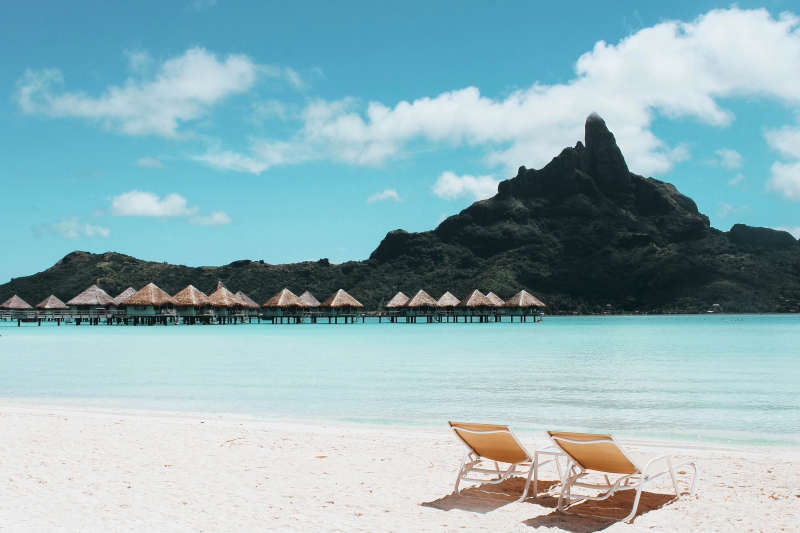
Image by Vincent Gerbouin via pexel.com 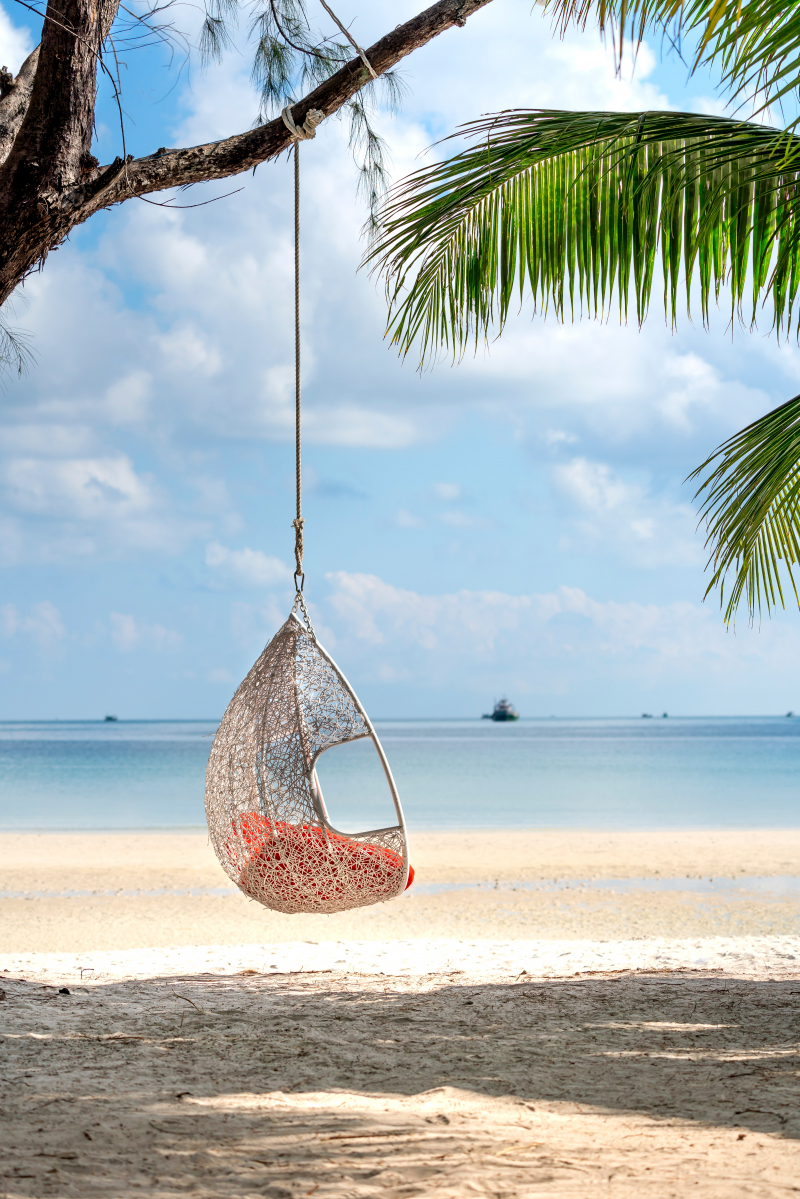
Image by Quang Nguyen Vinh via pexel.com -
In 1912, the National Museum of Finland (Kansallismuseo) was constructed in the National Romantic style, Finland's interpretation of the time-honored Art Nouveau movement that was fashionable in Europe. This design is especially suitable for a museum whose mission is to gather and interpret information on Finnish culture and ethnography. The Finno-Ugrian collection, which includes customary attire and common cultural items, is noteworthy. The country's greatest permanent collection of archaeological items is found in the prehistoric area. A number of exhibits also trace Finland's growth from the Middle Ages through the Swedish and Russian empires to its contemporary state.
Beautiful ceiling frescoes from the Kalevala, Finland's national story, embellish the entrance hall. Akseli Gallén-Kallela, arguably Finland's most well-known artist, painted the frescoes. The Municipal Museum is located in a park across from the National Museum. Gesellius, Lindgren, Saarinen, a firm that specializes in architectural design, created the National Museum's building. The structure's exterior is reminiscent of Finland's medieval castles and churches. The interior is primarily art nouveau, while the building is representative of national romanticism. The museum was constructed between 1905 and 1910, and it welcomed visitors in 1916. As Finland gained its independence in 1917, the museum was given the name Finnish National Museum. The Museum reopened in July 2000 following its most recent extensive makeover.
Address: Mannerheimintie 34, 00100 Helsinki
Official site: www.kansallismuseo.fi/en/Google Rating: 4.4/5.0
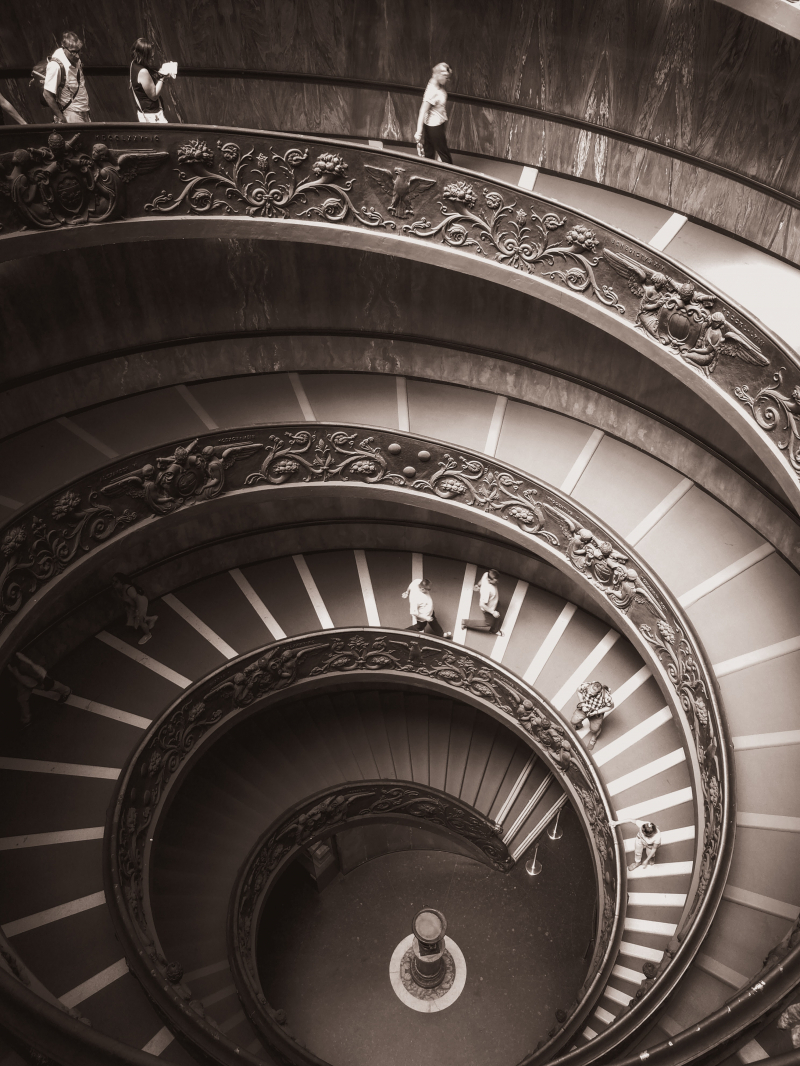
Image by Mehmet Turgut Kirkgoz via pexel.com 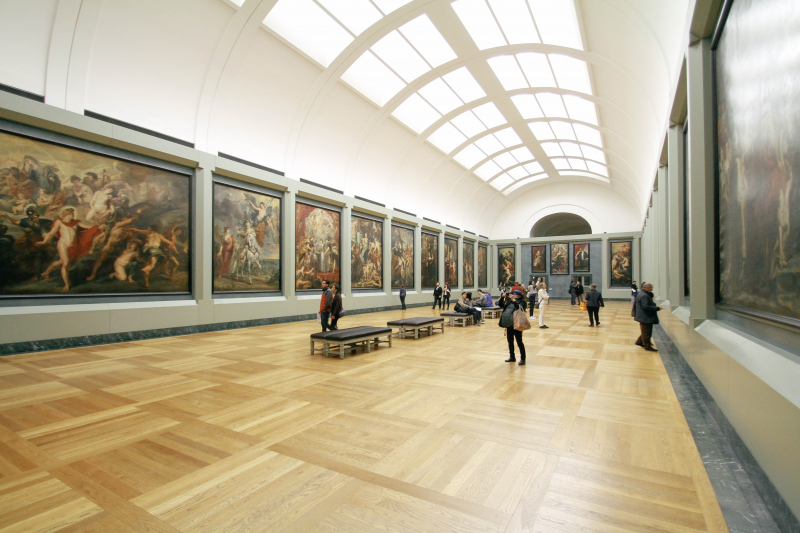
Image by Riccardo via pexel.com -
Helsinki's Rock Church is located along Fredrikinkatu, north of the Hietaniemi neighborhood. The church's underground interior, created by Timo and Tuomo Suomalainen in the late 1960s, was physically carved out of and erected into the old solid rock of the Helsinki peninsula. The glass dome allows beautiful natural light to flood the inside of the cathedral. It includes a 13-meter-high shallow round copper sheeting and glass dome supported by concrete ribs. The church's outstanding acoustics, produced by the interior's rough, unfinished rock surfaces, allow it to double as a performance venue. There are guided tours offered, and if you go in the summer, be sure to stop by the on-site café for a distinctive dining experience.
Plans for the Temppeliaukio/Tempelplatsen (Temple Square) date back to the 1930s, when a building site was chosen and a design competition was organized. When World War II broke out in 1939, J. S. Siren's intention to build the church's architecture was halted in its early stages. Siren had won the second competition. Timo Suomalainen and Tuomo Suomalainen ultimately won a second architectural competition held after the war in 1961. The recommended concept was modified for financial concerns, and as a result, the interior size of the church was cut in half. The rock temple was finally completed in time for consecration in September 1969, after construction finally started in February 1968.
Address: Lutherinkatu 3, 00100 Helsinki
Official site: https://temppeliaukionkirkko.fi/en/index.html
Google Rating: 4.4/5.0
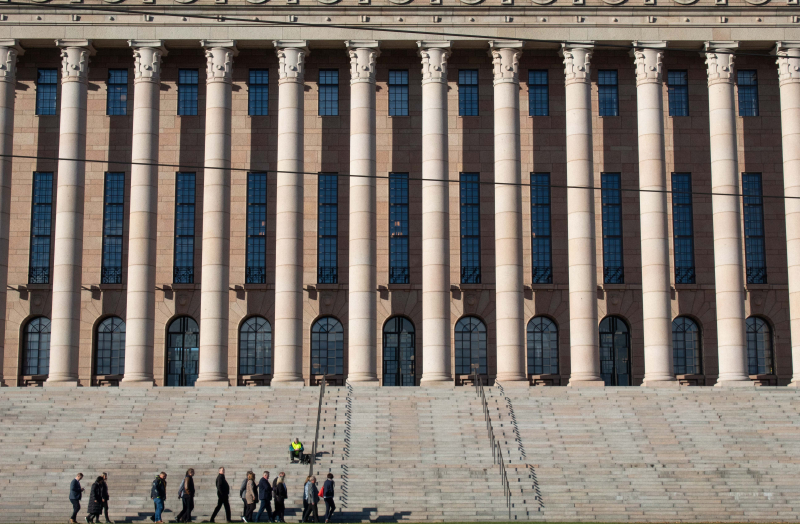
Image by Paul G via pexel.com 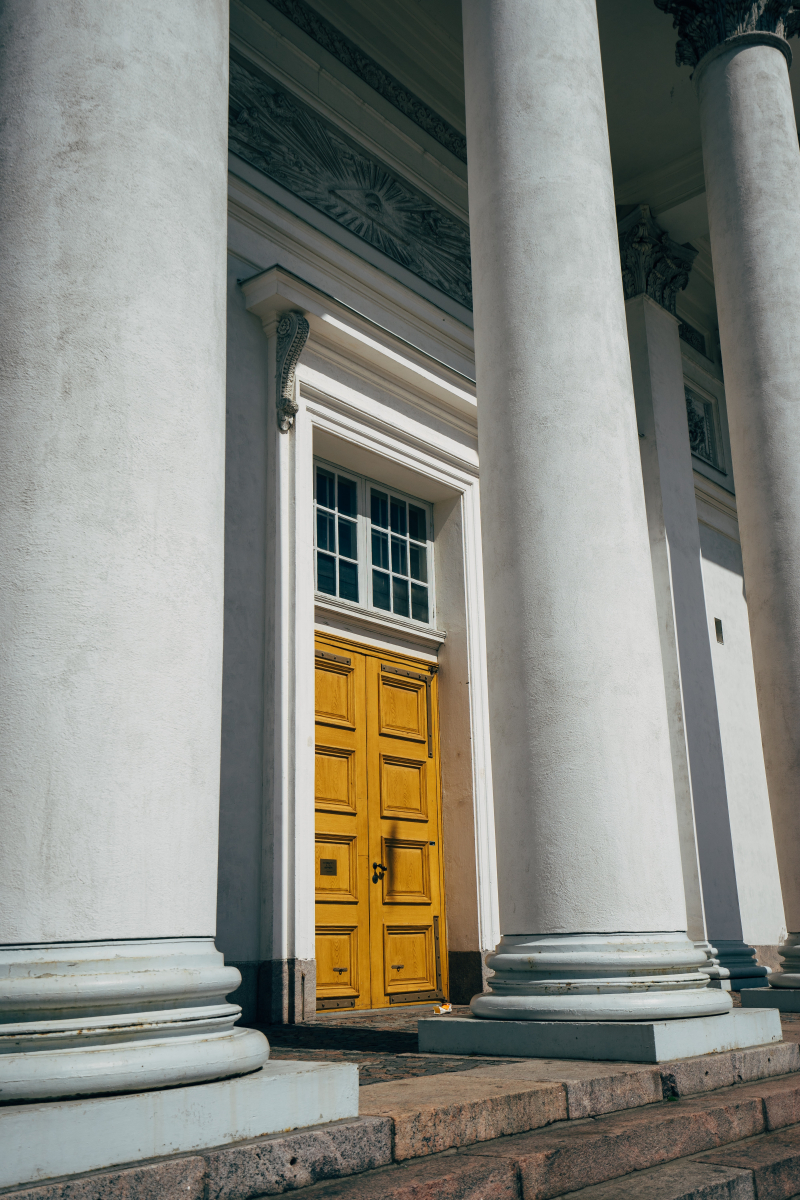
Image by Markus Winkler via pexel.com -
One of the most well-known outdoor markets in northern Europe is located in the Market Area (Kauppatori), the primary square that has been built and paved in the heart of Helsinki, which is one of the best places to visit in Helsinki. At the eastern end of the Esplanadi, it is surrounded by stalls offering Finnish delicacies, flowers, and tourist goods that border the Baltic Sea. Even fishing boats lined up in the water frequently sell seafood right from the boat. There is a year-round market hall with additional sellers, and market stalls are covered by tents in the winter. However, visitors should be aware of their food because the market's big, opportunistic seagulls will steal it from careless eaters.
The Market Square is bustling from spring to fall as traders offer locally grown food and mementos. At the square, there are a lot of outdoor cafés as well. Additionally, some cafés offer meat pastries. When the yearly Helsinki herring market starts in early October, the square is at its busiest. Every first Friday of the month, the Market Square has an antique vehicle show that has been a longtime tradition. Any driver with a passion for vintage American cars is welcome to take part in the display.
On the first Friday in May, there will be vintage American vehicles at Market Square. In the Market Square, seagulls are a growing threat, swooping down to take snacks and ice cream from the hands of unwary tourists.
Address: Eteläranta, 00170 Helsinki
Contact: +358 9 31023565
Google Rating: 4.3/5.0
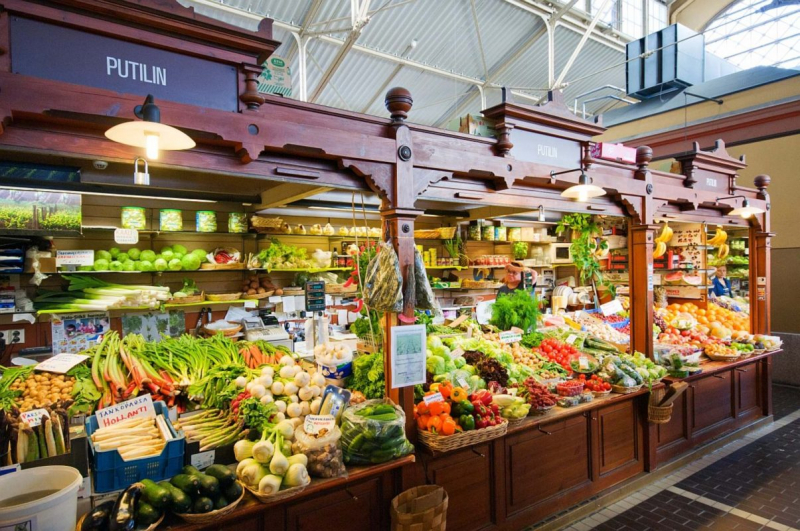
Image by Mark Dalton via pexel.com 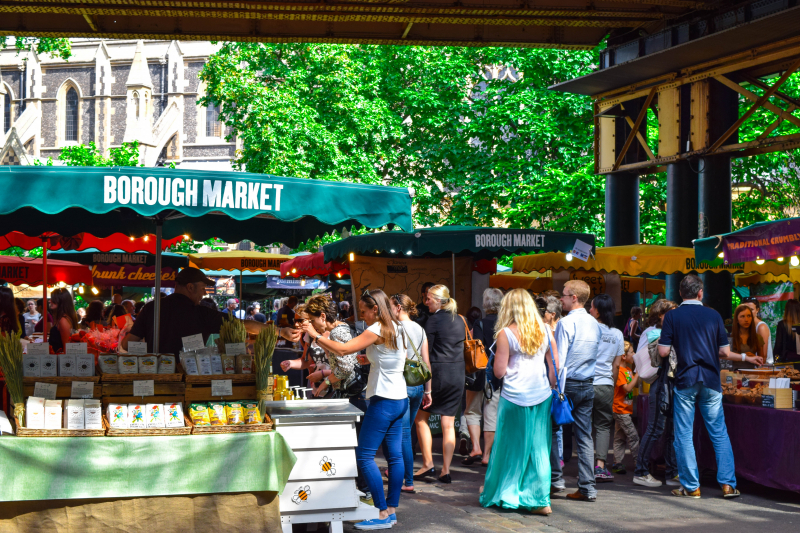
Image by Mark Dalton via pexel.com -
Eliel Saarinen created Helsinki's strikingly unique Art Nouveau railway station (Helsingin päärautatieasema), which is especially noteworthy for American tourists because Saarinen's 48-meter-tall clock tower was the first of several designs that ultimately led to the creation of the Chicago Tribune Tower in 1922, the country's first skyscraper. The station's facade is composed of local granite, and it has a huge archway over the entrance that is surrounded on either side by two enormous statues. Each figure is holding a globe that shines a light on the building's façade at night, creating a stunning landmark. Visitors will find remarkably exquisite carved panels decorating the walls inside as well as soaring arched passageways. It is one of the best places to visit in Helsinki.
Helsinki's railroad tracks were constructed in the 1860s. Eliel Saarinen created the station building, which is covered in granite, and it opened in 1919. The structure is well-known for its clock tower and Emil Wikström's Lyhdynkantajat ("The Lantern Bearers") statues. In 2013, BBC named Helsinki Central as one of the most stunning train stations in the world. The whole Finnish rail system is now represented by Helsinki Central Station. For instance, the VR Group advertises with a picture of the station and the statues close to its main entrance.
Address: Kaivokatu 1, 00100 Helsinki
Contact: +358 600 41902
Google Rating: 4.3/5.0
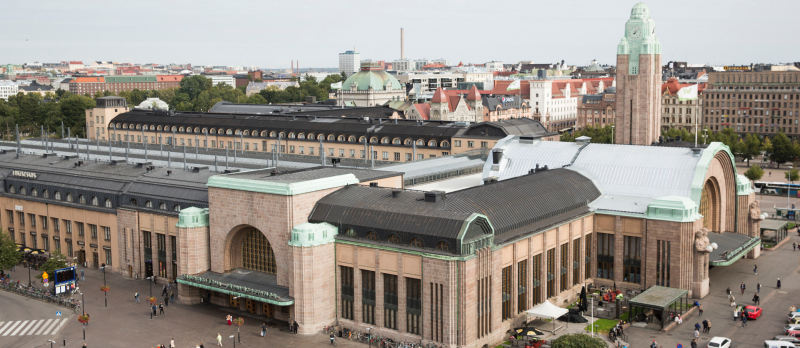
Image by Leslie Toh via pexel.com 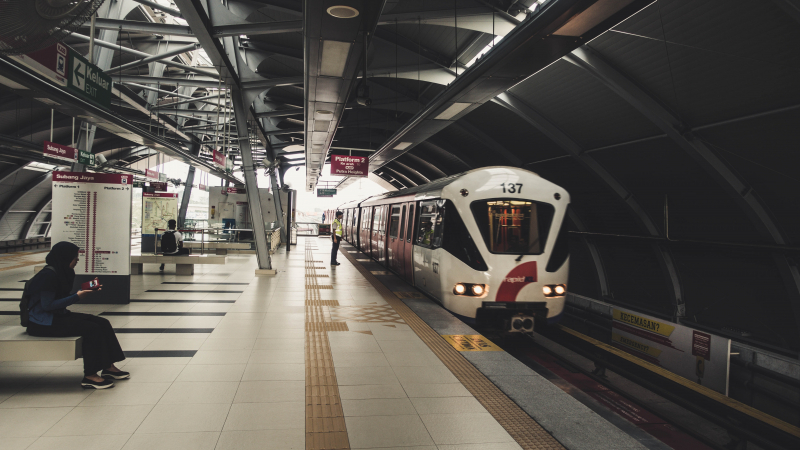
Image by Leslie Toh via pexel.com -
The Finlandia Hall in Helsinki, Finland, is a concert and conference center with a white Carrara marble exterior that was constructed in 1971 and is situated on the banks of Töölö Bay (Töölönlahti), to the north of the Municipal Museum. The interior of the building also has marble. Ceramics and hardwoods both exhibit details.
The main performance hall has a beautiful location and is renowned for its acoustics. The broad Venetian staircase that connects the ground floor to the chamber music hall and large auditorium is another noteworthy feature. Here, in July 1975, was the signing of the Conference on Security and Cooperation in Europe's Final Act.The new Finnish National Opera House, which opened in November 1993 with a performance of the opera "Kullervo" by the Finnish composer Aulis Sallinen, is located to the north of the hall and has a great park with enormous chess boards and pieces. For regular information on events, costs, and openings, check the website.
Address: Mannerheimintie 13e, 00100 Helsinki
Official site: www.finlandiatalo.fi/en
Google Rating: 4.3/5.0
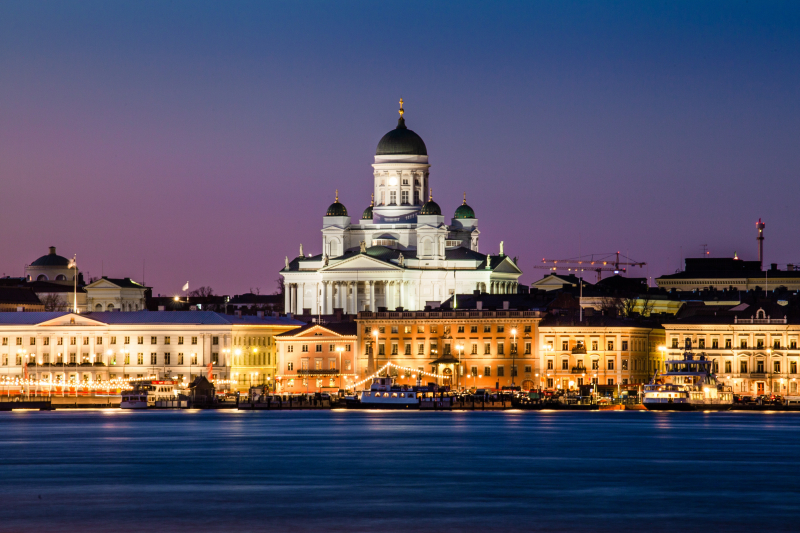
Image by Tapio Haaja via pexel.com 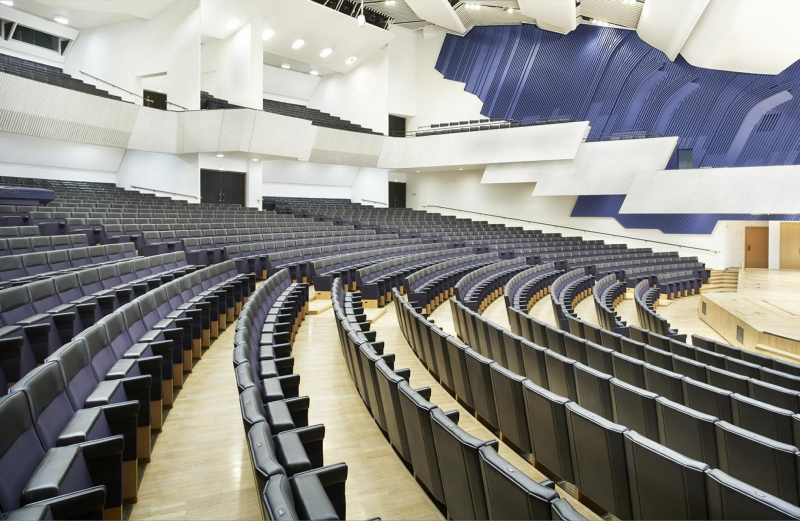
Image by Tapio Haaja via pexel.com -
Perhaps Finland's most significant and stunning painter is Akseli Gallen-Kallela. In 1911–13, the Gallen–Kallela residence was constructed. The mansion, better known as Tarvaspää, was first made available to the public in 1961 as the Gallen-Kallela Museum. It features a continuous display of Gallen-original Kallela's artwork, graphics, and tools. Around ten kilometers east of the city's center, on the picturesque beach of Laajalahti Bay, is where you'll find the Gallen-Kallela Museum. It is accessible from Munkkiniemi in Helsinki and Ruukinranta in Espoo via automobile or the nearby walking and biking path.
Akseli Gallen-possessions Kallela's and collection serve as the foundation for the museum's cultural-historical collection. It depicts both the artist's life and the activities of the family in their daily lives. Several of the artist's tools, Gallen-Kallela and his family's personal items, as well as furniture and domestic items, are all part of the cultural-historical collection. Gallen-Kallela was interested in cultures and amassed artifacts and curios from both Finland and other countries. The Gallen-Kallela Museum publishes its content on Finna as high-resolution photographs under a CC BY 4.0 license, which permits unrestricted use of the images as long as the user credits the authors, the source, and the property owner (the Gallen-Kallela Museum if nothing else is mentioned).
Address: Gallen-Kallelan tie 27, 02600 Espoo
Official site: www.gallen-kallela.fi/
Google Rating: 4.2/5.0
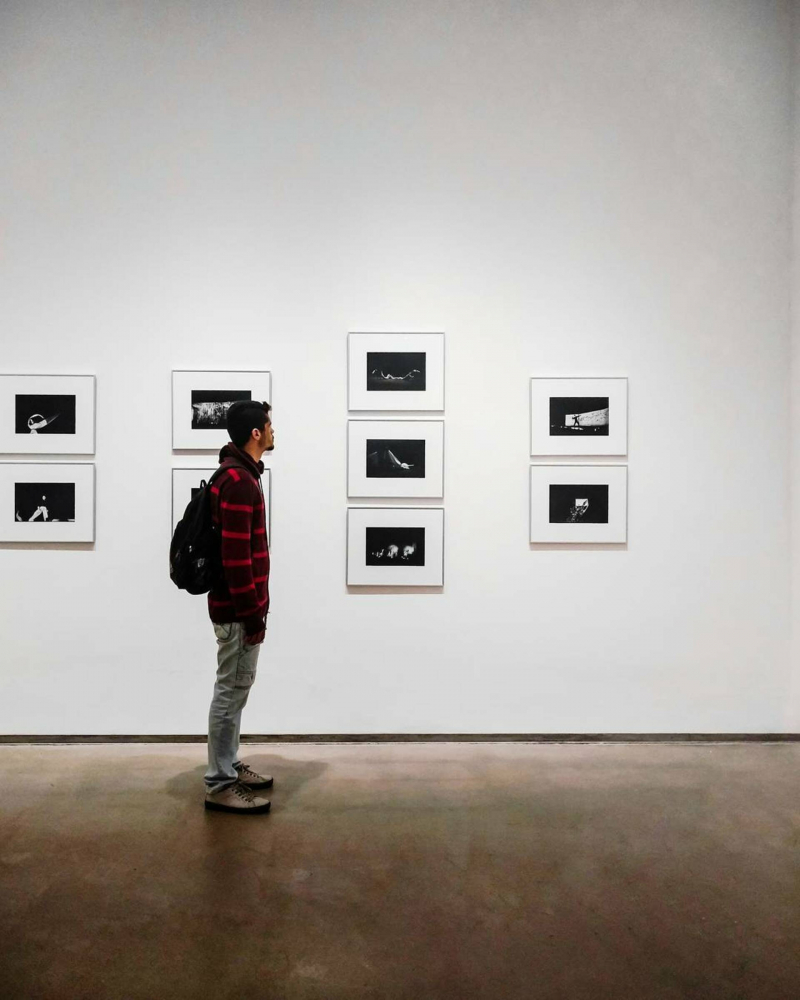
Image by Matheus Viana via pexel,com 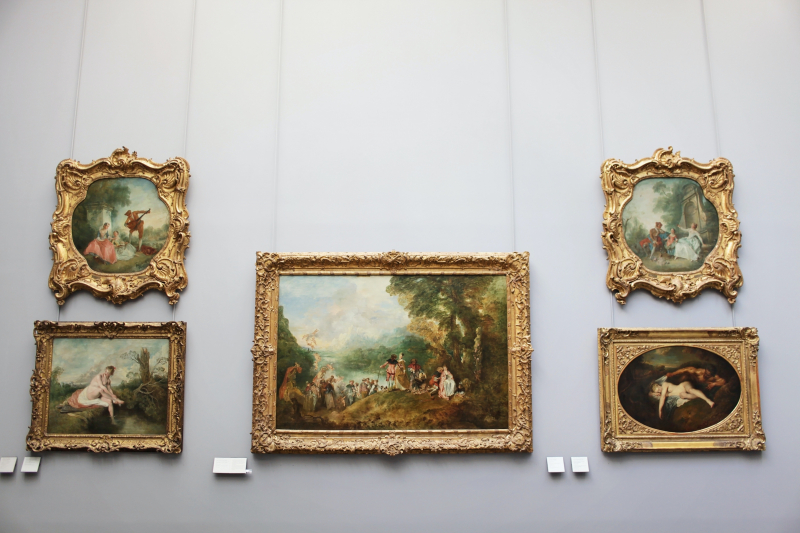
Image by Leah Kelley via pexel,com -
Helsinki, Finland's Kiasma is a museum of modern art. It is situated in Mannerheimintie. Its name, Kiasma, which is Finnish for "chiasma," alludes to the fundamental conceptual idea of Steven Holl, the architect. The Finnish National Institution's modern art collection is maintained by Kiasma, a division of the gallery. Its main objectives are to elevate contemporary art and to promote it.
It is odd that the structure regarded as one of Finland's icons of modern architecture was created by the American architect Steven Holl in a country known for its avant-garde national architects. The curved façade continues inside, creating exhibit areas that are especially suitable for showcasing modern art. The museum houses exhibits of Finnish art created after 1960 as well as a theater for experimental music, dance, and theater. On the property are a café and a store. A public or private guided tour of the museum is another option for visitors, and these tours contain details about the artwork, the artists, and the structure of the museum.
Address: Mannerheiminaukio 2, 00100 Helsinki
Official site: http://kiasma.fi/en/
Google Rating: 4.2/5.0
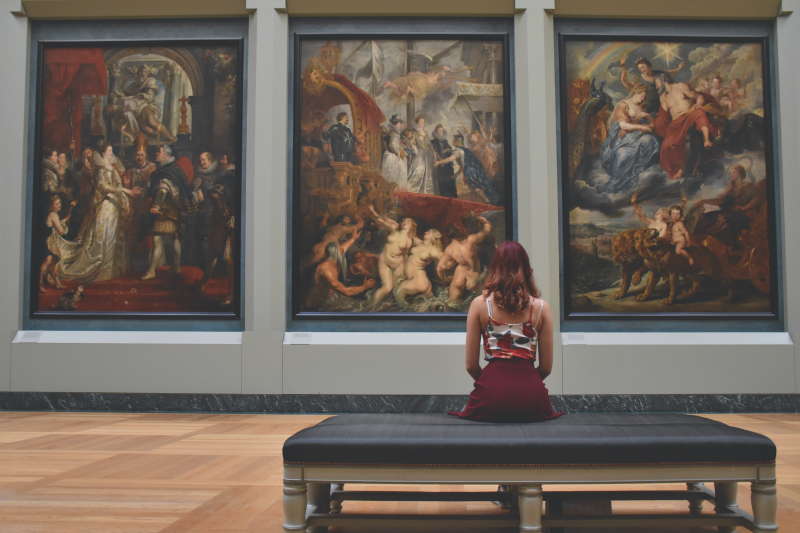
Image by Una Laurencic via pexel.com 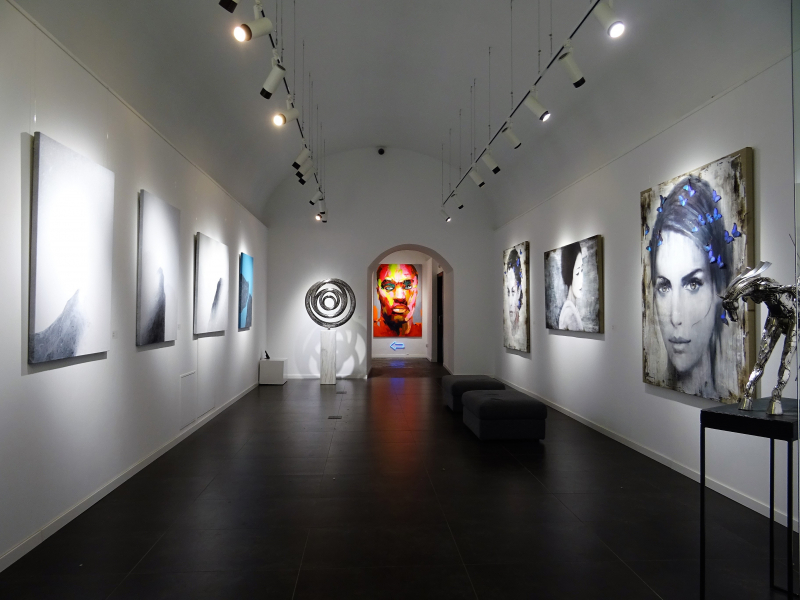
Image by SevenStorm JUHASZIMRUS via pexel.com -
The Korkeasaari Zoo, one of the oldest in the world and renowned for its remarkable breeding programs for endangered species, was established in the 1880s. They have had particular success producing big cats like the Amur and Siberian tigers as well as snow leopards. The surroundings, like those in any good zoo, have been created to be as similar to natural ecosystems as possible, and nearly 1,000 plant species flourish here to mimic the natural habitats of the 150 various animal species. The zoo is open all year, and going to tropical homes in the winter is one of the most popular things to do in Helsinki.
From May until the end of September, you can use a ferry to reach the zoo, which is located on an island. You can travel here by bus for the remainder of the year. During the summer, a boat and water buses transport guests from Market Square to the island of Korkeasaari, where the Zoo is situated. The zoo is also connected to the mainland by a bridge that leads to the Mustikkamaa neighborhood of Helsinki, where visitors can access it all year.
Address: Mustikkamaanpolku 12, 00270 Helsinki
Official site: https://www.korkeasaari.fi/helsinki-zoo/
Google Rating: 4.0/5.0
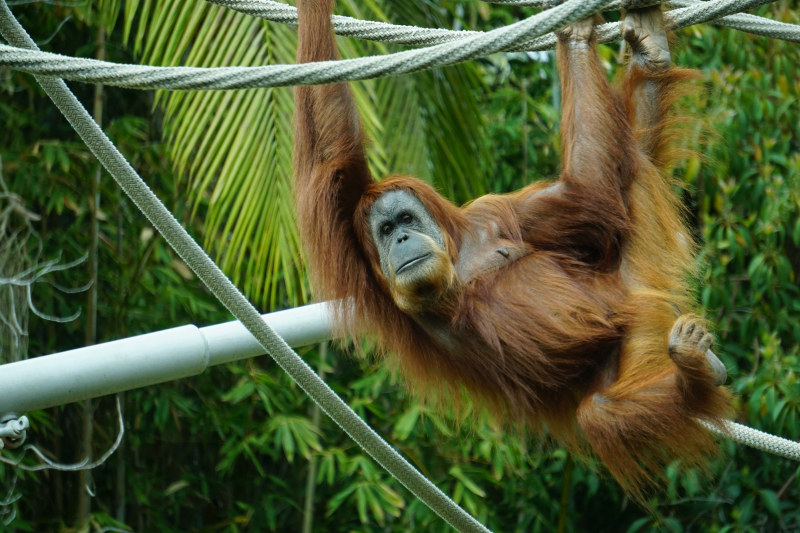
Image by Cesar Aguilar via pexel.com 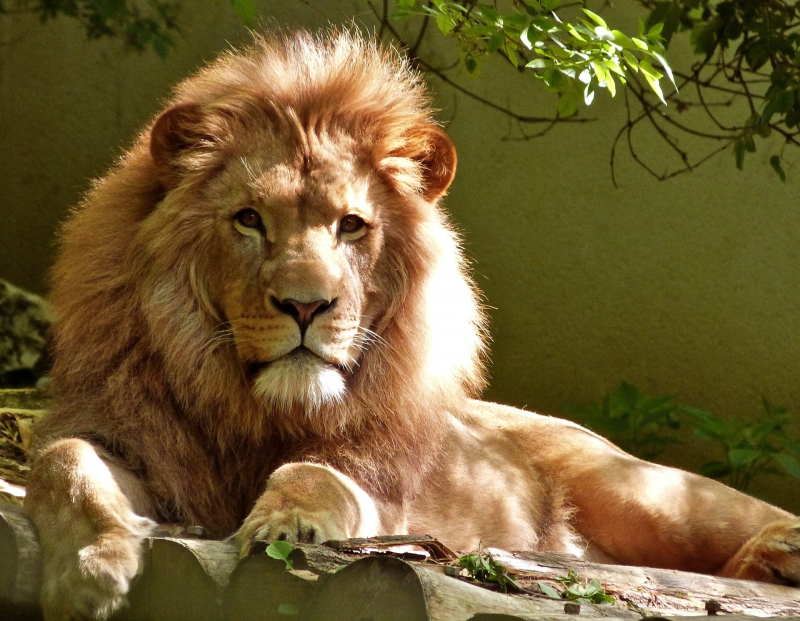
Image by Pixabay via pexel.com -
The garden city of Tapiola, now a part of Espoo, is located across the bay from Seurasaari, close to Helsinki. This is a must-read for anyone interested in post-war experimental urban planning concepts. The town, which was created in the 1950s as a showcase for contemporary town planning, now has a Star Trek-like atmosphere. The University of Technology, with Dipoli, the students' union with an unusual design, is located to the northeast on the Otaniemi peninsula. Arto Sipinen, an architect, created the new cultural center, which debuted in 1989. Together with sports facilities, there are other specialist stores.
Tapiola gave Finnish urban planning international recognition. From the beginning, it was known for its elite landscaping and architecture as well as an ideological experiment that attracted attention on a national and worldwide scale. The goal of Tapiola's planners was to showcase a fresh approach to housing and town planning in Finland. The Housing Foundation wanted to establish a garden city that would serve as a microcosm of Finnish society. There would be residents from all socioeconomic groups living in a variety of structures, including detached homes, terraced buildings, and multi-story buildings. "We do not wish to build houses or dwellings but rather socially healthy environments for contemporary man and his family," said the project's motto. Tapiola offered a utopian social vision and a contrast to what was at the time perceived as a repressive metropolitan setting. In this way, Tapiola served as both a test and a role model.
Location: the western part of Greater Helsinki.
Google Rating: 4.0/5.0
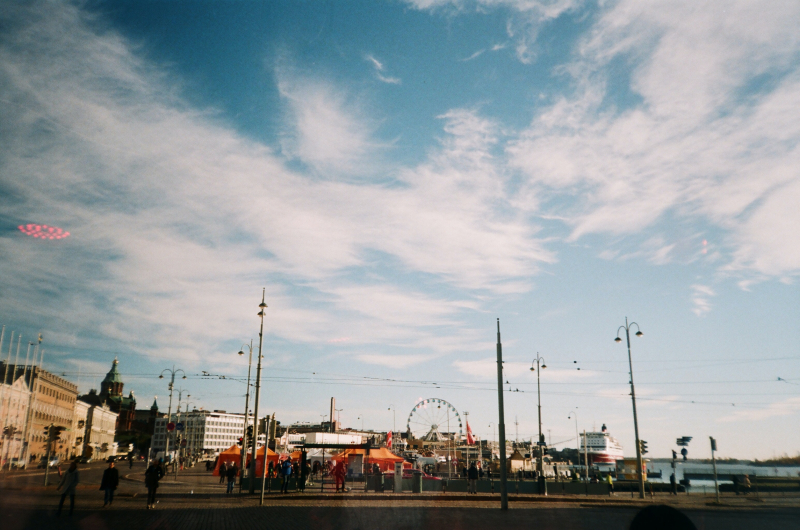
Image by Inga Seliverstova via pexel.com 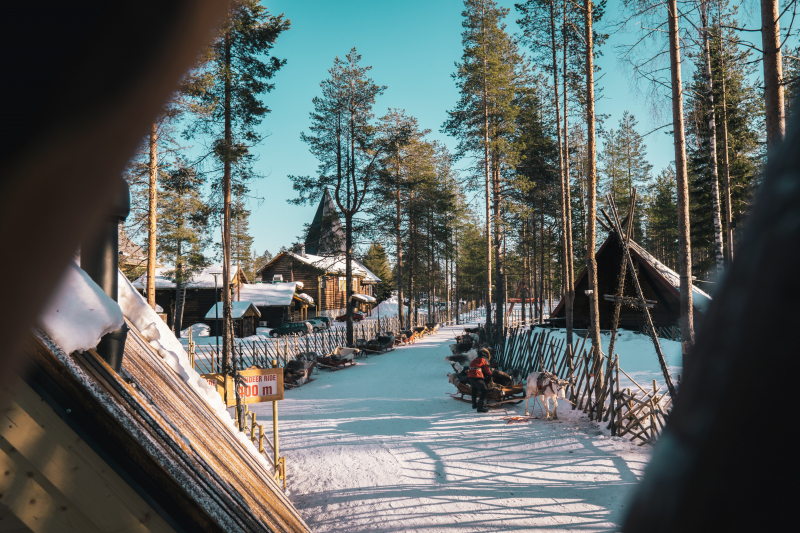
Image by Mitchell Henderson via pexel.com

















